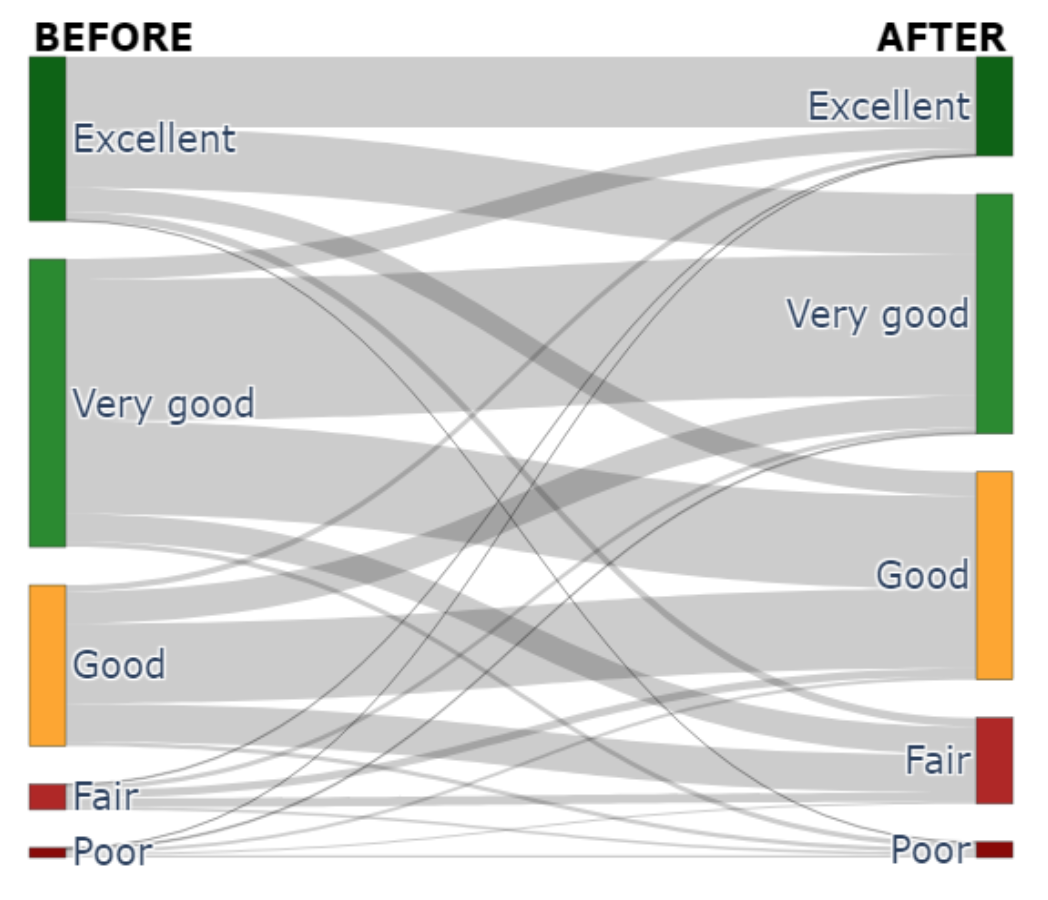A dataset on the long-tail effect of COVID-19 lockdown on Italians’ wellbeing
The World Health Organization (WHO) announced on 11 March 2020 that the new coronavirus disease (i.e., COVID-19) could be classified as a pandemic due to its high contagion rate and the overall worldwide mobility. In an attempt to restrict and limit the spread of the disease, governments introduced restriction and confinement strategies that immediately affect peoples’ routines and usual activities [1]. Italy was one of the first European countries subjected to the pandemic state. On February 21th, 2020, the first cluster of COVID-19 cases was detected in Lombardy (Italy). Since then, the Italian government adopted an increasing number of measures aimed at promoting social distancing, such as closure of bar and restaurants, non-essential business and industries, school and universities, thus effectively inducing a national state of lockdown [2]. From March 2020 to May 2021, several lockdown periods have limited, with varying degrees of severity, the people’s usual activities and mobility in Italy, as well as around the world.
These unprecedented confinement measures, together with the COVID-related consequences, dramatically modified the citizens’ daily lifestyle and behaviors. Besides the serious economic damages, social and psychological negative effects of social distancing and isolation have been quickly recognised by the scientific community and government itself. Since the COVID-19 diffusion, several studies demonstrated that the lockdown periods negatively affected mental health, sleep and physical activity-related behaviors, overall contributing to reduced well-being and quality of life [3]. Figure 1 illustrates the immediate dramatic consequence of home-confinement, that Italian and other governments worldwide adopted to limit the COVID-19 diffusion and preserve citizens’ health. The majority of the literature addressed the consequences of lockdowns on wellbeing by gathering psychological and behavioral data throughout lockdown periods employing a retrospective comparison between before and directly during COVID-19 lockdowns. This pre-during comparison design captured only half of the complete picture reflecting the potential consequences of lockdowns. However, with the advent of summer 2021, thanks also to the vaccination campaign that significantly prevented the progression to serious illness and death, and reduced the risk of contagion, all the Italian regions finally returned to regular moving behaviors and routines. In spite of this, it is plausible that the potential consequences of lockdowns are still persistent within the Italian citizens, and whether people’s quality of life, sleep- and physical activity-related behaviors have returned to the pre-lockdowns level is still unclear.

Figure 1: Sankey diagram describing the change in perceived quality of life before and after lockdown
To illustrate this second half of the complete picture, we designed a project aimed at gathering subjective data assessing quality of life, sleep- and physical activity-related behaviors. The project includes the collection and curation of a database derived from an online survey shared between November and December 2021, in which questionnaires quantifying quality of life, sleep, and physical activity were proposed referring to two different moments: before COVID-19 quarantine (i.e., November 2019) and the same time period in which the survey was filled in.
Participants countrywide reported their subjective data of these two reference time periods through a smartphone or personal computer, developed specifically for this purpose. Through this methodology, we aimed to provide pre-post lockdowns comparison data to track whether people’s quality of life, sleep- and physical activity-related behaviors have effectively returned to the pre-lockdowns level. As the lockdown periods might have a different effect on each participant, depending on their specific context, we have also collected contextual information, such as socioeconomic status, living space, employment changes.
These data may be useful to investigate aspects of the psychological and behavioral impact of the COVID-19 lockdowns. Researchers and authorities may explore these data to quantify the population’s subjective perception of their general wellbeing, in relation to certain context variables.
The complete dataset can be found on the SoBigData catalogue at https://ckan-sobigdata.d4science.org/dataset/lifequality_lockdown_effect while at https://nature.com/articles/s41597-022-01376-5 the corresponding datapaper.
Exploratories:
Sport Data Science
Sustainable Cities for Citizens
Items in the Catalogue:
https://bit.ly/lq_lockdown_dataset_sobigdata
Sustainables Goals:
References:
[1] Nussbaumer-Streit, B. et al. Quarantine alone or in combination with other public health measures to control covid-19: a rapid review. Cochrane Database Syst. Rev. (2020).
[2] Gazzetta ufficiale della repubblica italiana, decree of the italian prime minister of march 9, 2020. https://www.gazzettaufficiale.it/eli/id/2020/03/09/20A01558/sg.
[3] Brodeur, A., Clark, A. E., Fleche, S. & Powdthavee, N. Covid-19, lockdowns and well-being: Evidence from google trends. J. public economics 193, 104346 (2021)
Authors:
Michela Natilli - ISTI-CNR; Alessio Rossi - UNIPI

